3 Considerations for Returning to the Office
As vaccines become more widely available, many organizations are beginning to formulate their return to office plans. There are varying approaches to what working models organizations will ultimately adopt in a post-pandemic world, whether they’ll opt for a hybrid model of both remote and in-office work, fully remote or returning to entirely in-office work. A recent PWC study found no consensus on the optimal balance of workdays at home vs. in the office.
Given that there isn’t consensus, organizations should have plans for multiple scenarios as there will be percentages of their employee population that will require different approaches.
This post will discuss three considerations for a safe and successful return to office strategy in either an entirely in-office or hybrid model. They include compliance and safety, education and enablement as well as support and engagement.
Compliance and safety
While most organizations will encourage employees to get vaccinated, many will differ in their approach to requiring it. Depending on employees’ impact or inherent risk of exposure, organizations may choose to require vaccination. For now, most governments manage the distribution of vaccines in coordination with state and local governments. In the future, if additional doses of the vaccine are recommended, organizations may wish to bring resources on-site as they do with flu shots and other initiatives to provide availability and accessibility for their employees.
For most organizations, human resources and the general counsel are leading the return to office scenario for most organizations. Here are some things they should consider and understand as part of their strategy:
- Monitor and gauge employee willingness to get vaccinated
- National, state and local laws and regulation
- % or density of frontline / high risk or impact employees
- How to maintain and preserve employer brand and employee relationships
The ultimate goal of understanding employee sentiment, impact and number of employees vaccinated is to indicate when and where offices can begin to open and welcome employees back to the office. Most organizations will rely on employees to self-report their vaccination status and have varying attestation levels or proof of being vaccinated. Given that every organization is subject to different compliance and regulatory requirements, they’ll continually monitor the changing environment and adjust or adapt their strategy accordingly. With all of this in mind, each organization should identify agility, resiliency and continuity implications if employees choose not to get vaccinated and how it impacts the organization’s ability to operate, perform and accomplish strategic goals.
From a tracking and compliance perspective, a return to office strategy could include the following components:
- COVID health screening
- Policy acknowledgments that address stay at home policy, OSHA requirements, family or sick paid leave, reporting illness or exposure policy, or reasonable accommodation
- Vaccine attestation upload and confirmation
Visibility into these components gives the organization the information it needs to inform its ability to keep employees safe and offices open. A recent survey, titled Full-time Flexibility, conducted by Rival, formerly SilkRoad Technology and OnePoll, found that both office workers and c-level executives would like to see more communication and more guidance, support and enablement to overcome expected changes within their organization’s pandemic response. Clear communication and leadership will be the determining factor as to whether or not employees feel supported by their organization through this transition.
Education and enablement
Because we are still amid the pandemic, organizations have an opportunity to course-correct and re-engage employees to drive retention and contribution. It requires a new approach to the employee experience – one that focuses on output instead of productivity; more frequently cadenced communication from the organization and one-on-one conversations between employees and their managers; and enhanced support and continuous learning through transitions, disruption and change.
For employees who were hired during the pandemic, this may be the first time they’re stepping foot in your office. An intentional effort to help them build connections and become acculturated to the office and their colleagues will be critical.
As part of the return to office strategy, organizations should include well-being education and training for managers on managing through crisis and change. Education and communication around the organization’s expectations for interactions and how office space is to be used and occupied will assure employees of their safety.
Many employees took on new roles and responsibilities due to business needs that arose out of the pandemic. According to the Full-time Flexibility survey, 23% of c-level executives and 14% of office workers believe that they were given ample instruction and training during their transition to take on new roles and responsibilities. Now is the perfect time to reassess learning initiatives to upskill and reskill employees to fill roles critical to the business now or will be soon.
Support and engagement
The degree to which employees feel supported and engaged in the organization’s mission and strategy is directly related to their communication, leadership and guidance from their line managers and organizational leadership. Leading up to and throughout the return to work transition, organizations should leverage pulse surveys to gauge readiness to return to the office, concerns around safety and sentiment around the organization’s continued pandemic response. Doing so will help to identify areas of focus and needed resources to address employee concerns while reassuring them of their safety and value to the organization.
It’s unlikely that every organization’s return to office experience will follow a linear path. Therefore, regularly cadenced check-ins and 1:1s with managers and other pertinent stakeholders should be institutionalized to address concerns and individual needs. Open, regular communication and focused conversations around priorities, work/life balance and workload will be crucial for employee wellness, retention and contribution.
Consistent and transparent communication from leadership will be critical to retention, especially as many organizations will allow employees to continue to work remotely for the foreseeable future. Leadership should explain how working models support operations while showing their commitment to maintaining the workforce’s health and safety. Driving alignment around initiatives and how employees contribute will help gain buy-in and investment from those who wish to work from home instead of coming into the office.
Lastly, a vital lens to apply to these considerations is personalization. As we return to work, it’s critical to deliver relevant, contextual experiences to employees guided by emerging business needs for resiliency, relevancy and retention while placing an exemplary employee experience at the center. The degree to which organizations sustain engagement levels, enablement and support throughout their return to work efforts will directly impact employee productivity, sentiment and retention both now and in the long-term.
To learn more, join us for a webinar on Tuesday, March 23rd, with Kate Bischoff, an employment lawyer and human resources professional, titled Strategies for Managing and Tracking Vaccines.



















